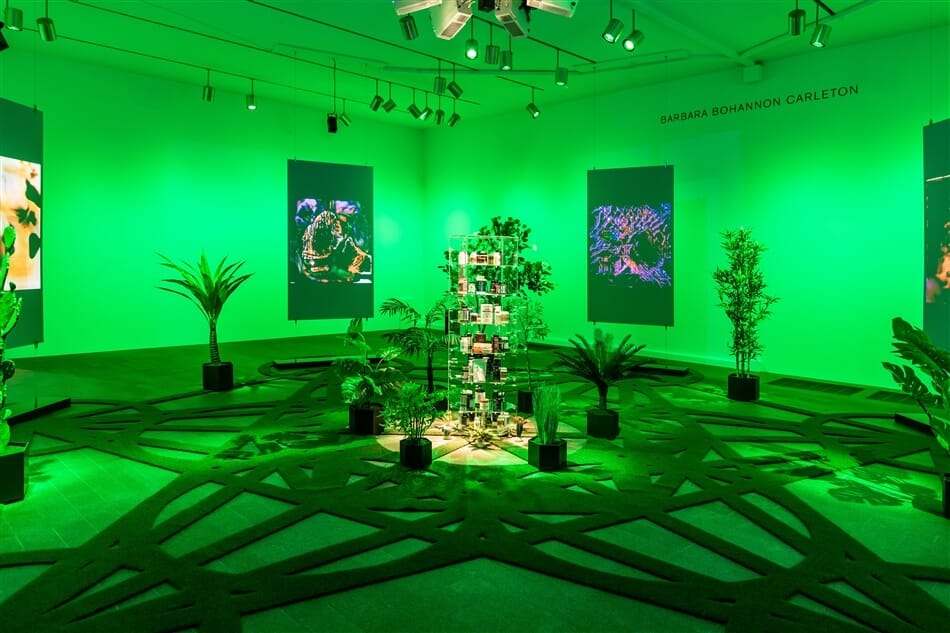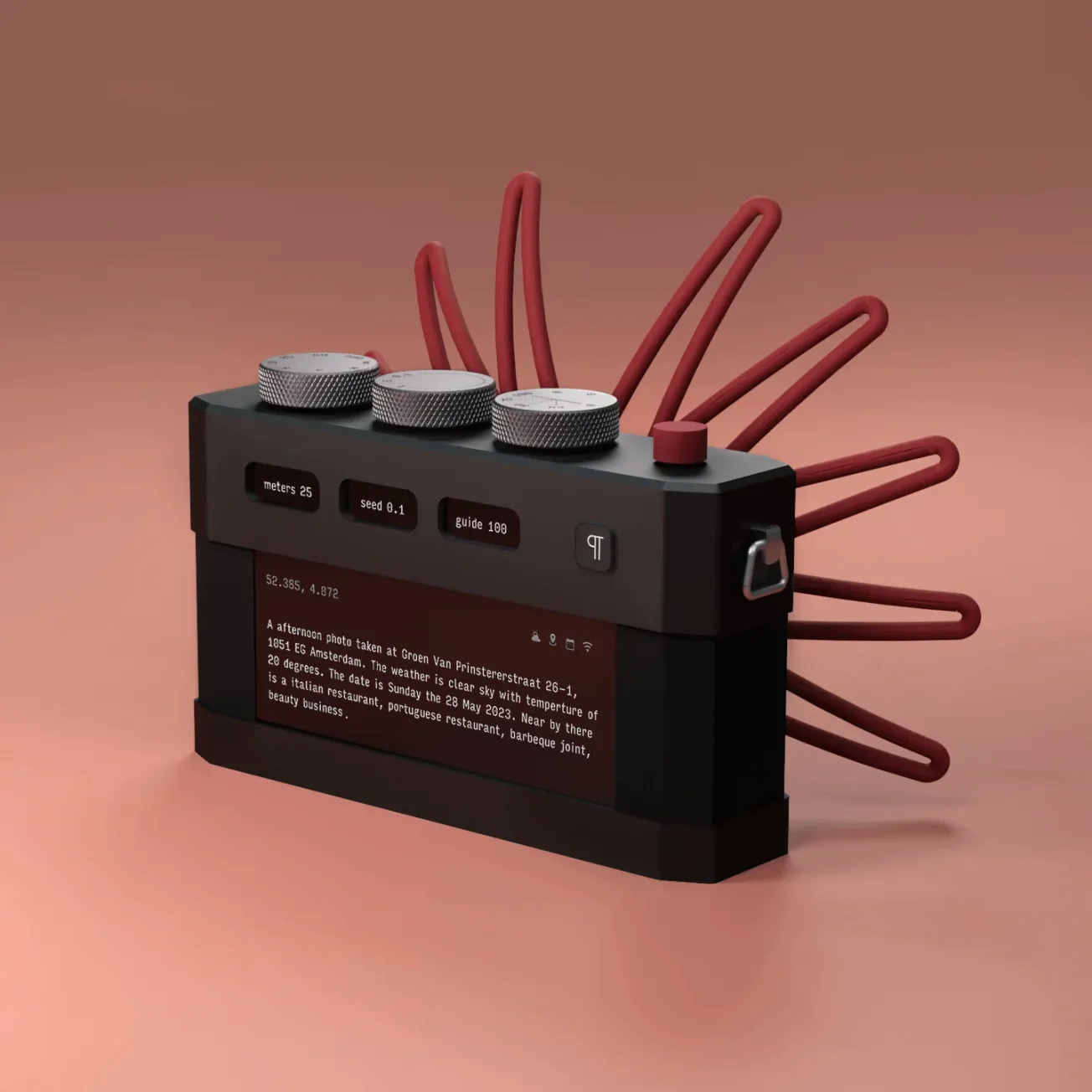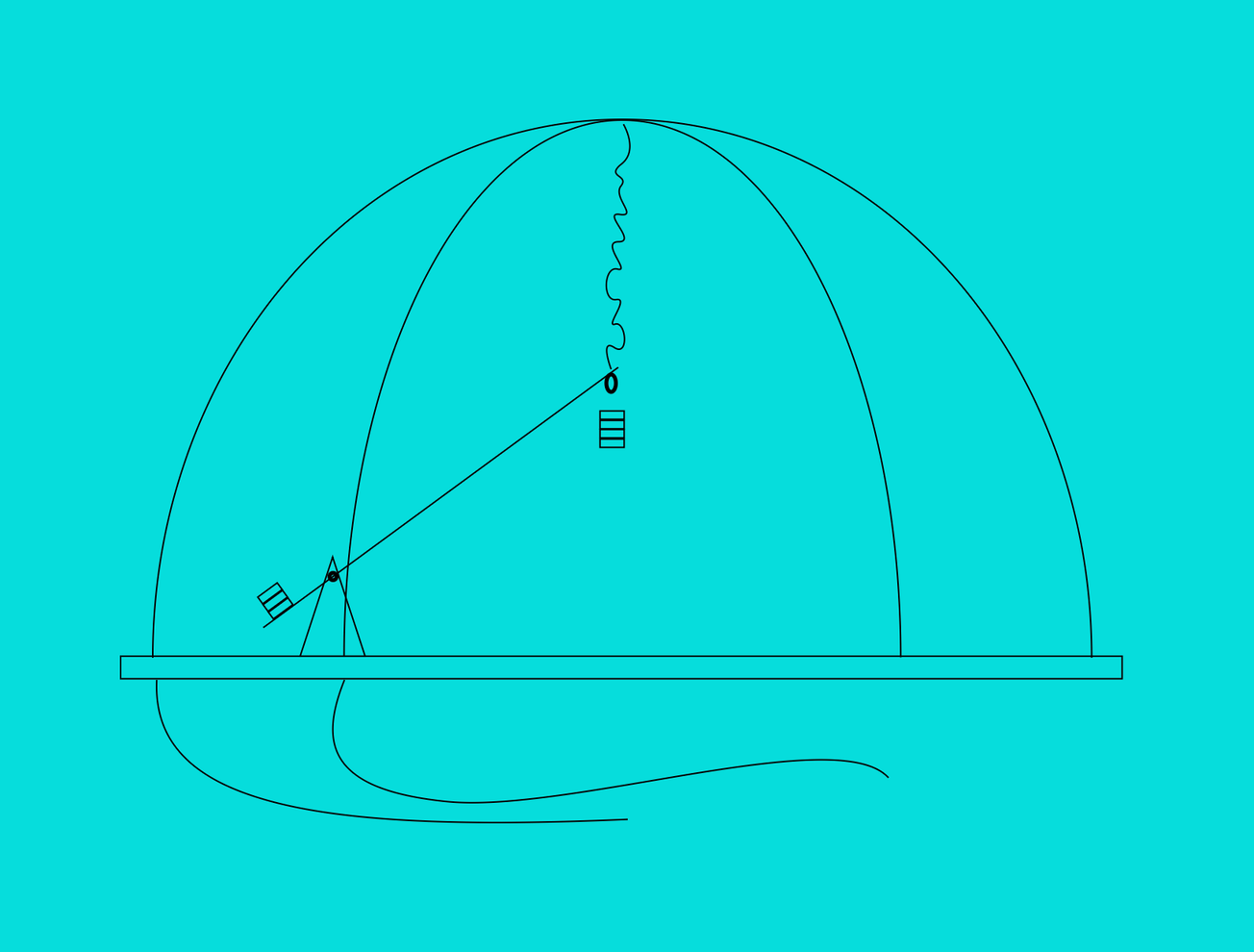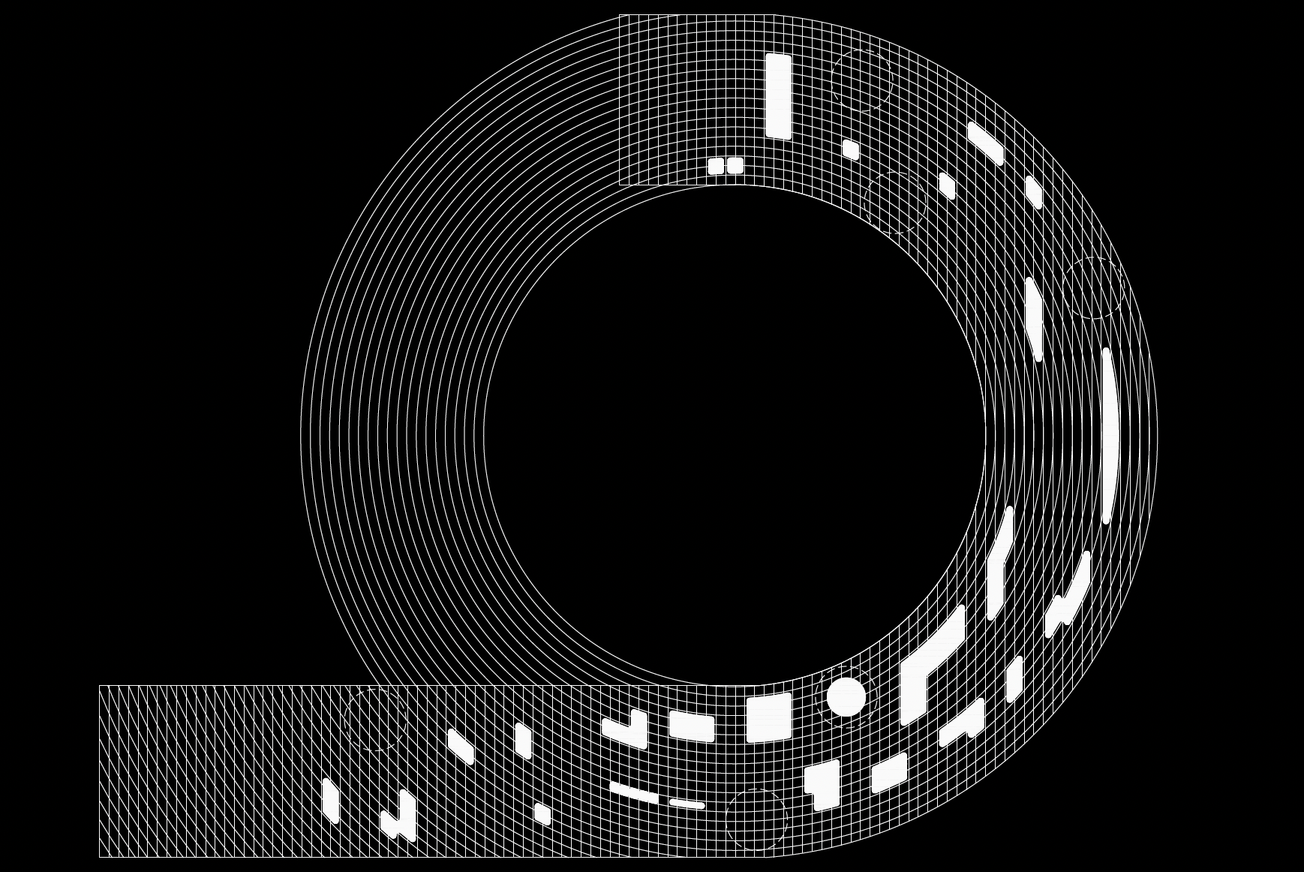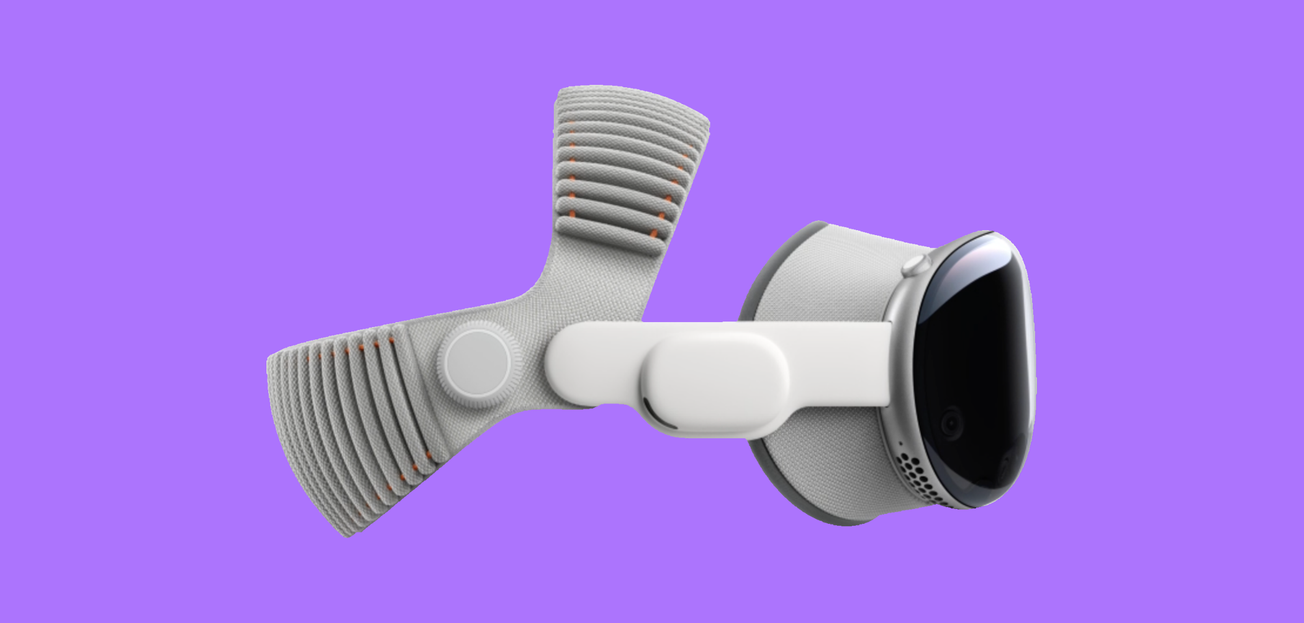When AI is the maker, what happens to the making of meaning?
In a world where AI writes poems, paints portraits, and dreams up dystopias on command, what happens to making meaning? Once, building a glitchy app or hacking a circuit board was a form of resistance—a way for artists and designers to critique systems by crafting alternatives. This practice, known as “critical making,” thrived on hands-on friction: wires, code, and a little bit of chaos. But now, the tools are smooth. Frictionless. Magical. And the maker? Sometimes, not even human.
From Circuits to Prompts
Critical making, as coined by Matt Ratto in the early 2010s, emerged from labs and studios as a hybrid of design, theory, and material intervention. Think hacked devices, speculative prototypes, purposefully broken apps. The point wasn’t just to build—it was to ask questions through building. But in the age of generative AI, the materials have changed. The soldering iron is out; the prompt is in.
AI tools like ChatGPT, Runway, and Midjourney aren’t just automating tasks—they’re altering the philosophical foundations of creation. Generative AI is engineered to erase friction: to offer polished results, infinite iterations, and clean lines. But critical making? It lives in the glitch. It thrives on mess, ambiguity, and intentional slowness.
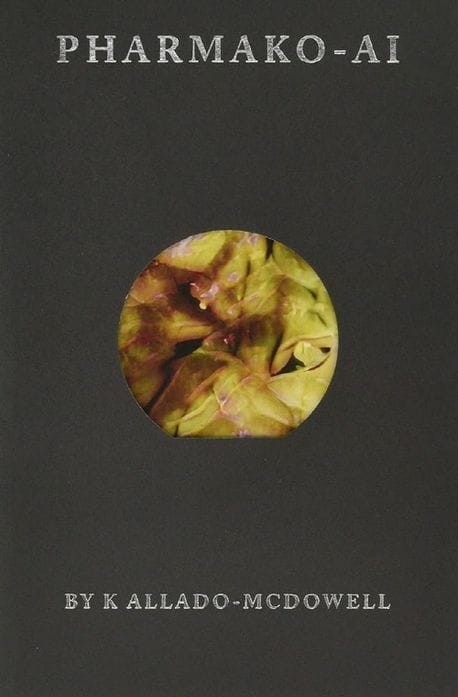
Pharmako-AI (2020), a collaborative book by K Allado-McDowell and GPT-3. Written entirely through iterative prompting, the text unfolds as a poetic, philosophical conversation between human and machine. Rather than using AI to accelerate writing, Allado-McDowell slows it down—treating each prompt as a reflective gesture, each output as a moment for critique. It’s a project that trades circuits and soldering irons for syntax and semantic friction, offering a deeply synthetic yet critical rethinking of what it means to “make.”
Prompt as Practice
In the hands of a critical maker, a prompt isn't just a command—it’s a proposition. A prompt can tease out a model’s aesthetic defaults. It can expose bias, surface assumptions, or generate something so absurd it breaks the illusion of AI “intelligence.”
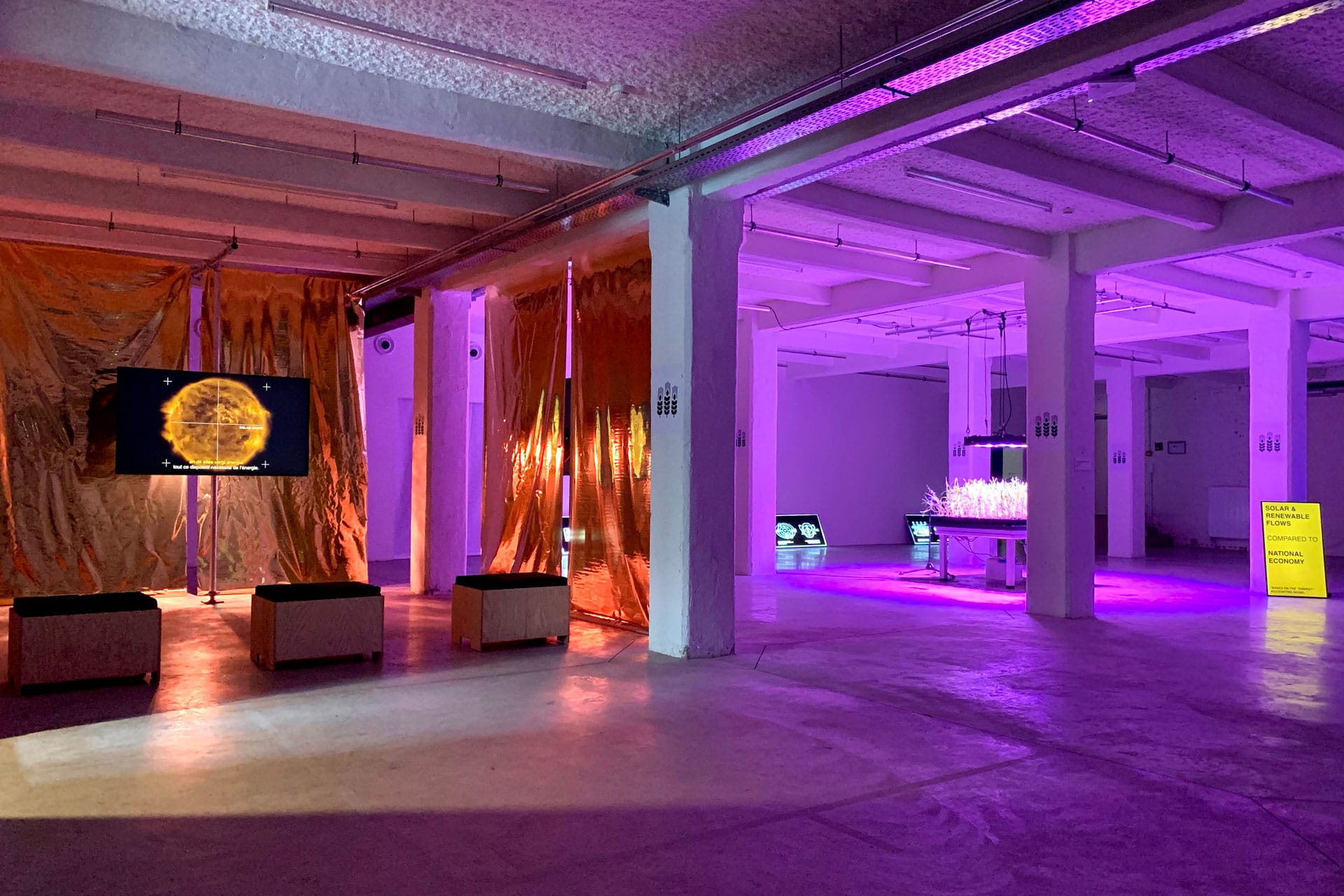
Take artist Sasha Stiles or the collective Disnovation.org. They’re not asking AI to generate content. They’re using it to generate questions.
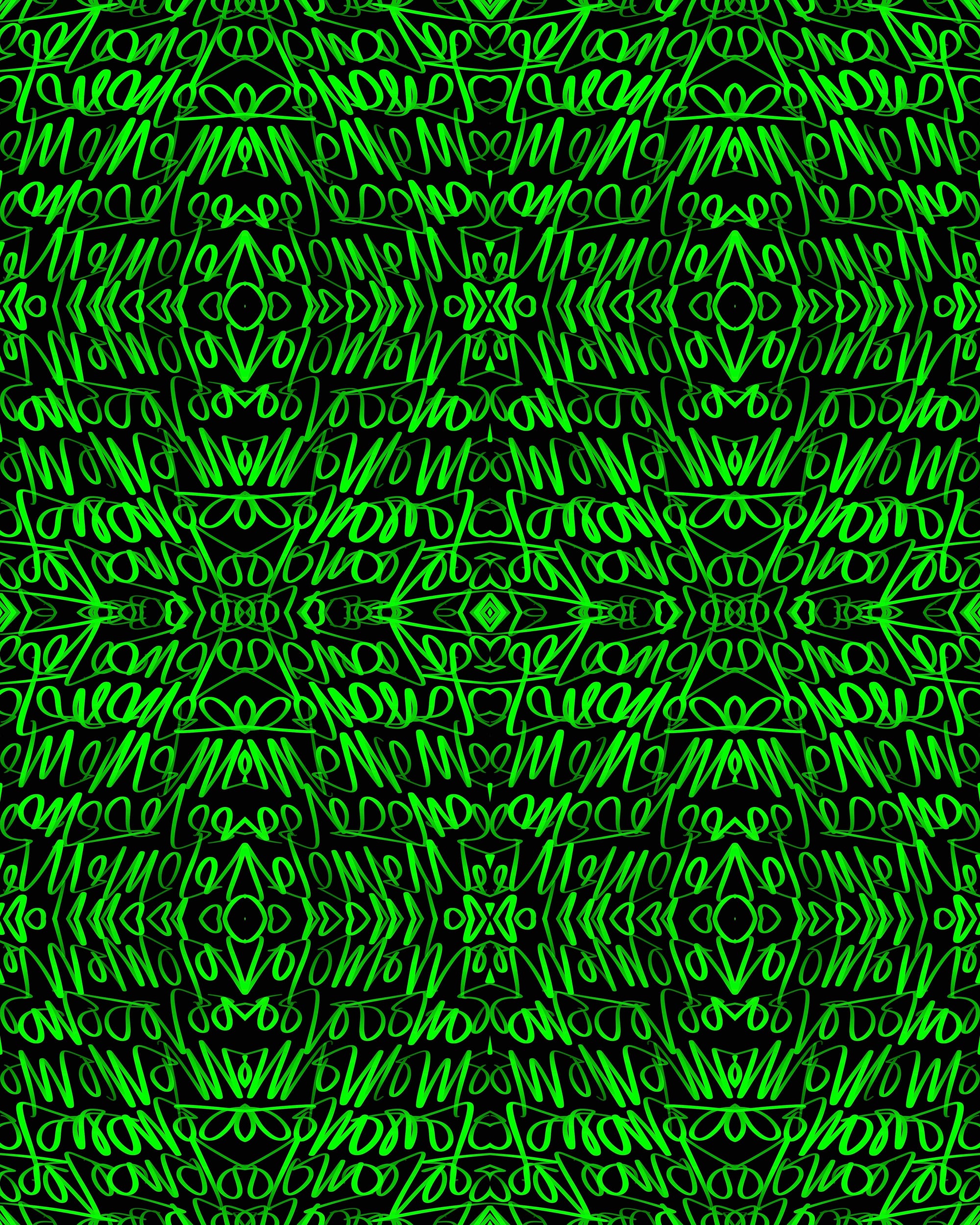
A prompt that asks an image generator to depict “a utopian community without surveillance” might produce a bland, corporate-safe vision. But tweak the language—add constraints, contradictions, cultural references—and you can break the machine’s composure. You force it into awkward territory. That’s where the critique happens.
Who’s the Author Now?
Co-writing with a machine raises thorny questions: Who gets credit? Who owns the voice? Who's responsible for the message—or the mistake?
That’s where critical making comes back in. It was never about pristine authorship. It’s about entanglement. About process over polish.In the age of AI, authorship becomes less about singular genius and more about intentional choreography—what you feed the machine, how you iterate, what you choose to discard.
Image Credit: ReRites, David “Jhave” Johnston (2018)
Take *ReRites* by David "Jhave" Johnston—a year-long poetry project made in collaboration with a neural net. Each day, Johnston received machine-generated text, which he then edited, rearranged, and curated. The result: twelve volumes of hybrid poetry, where human intuition meets algorithmic suggestion. The machine becomes a co-conspirator, its fingerprints still visible, but its message always filtered through a human lens. Critical makers working with AI aren’t giving up control. They’re curating it. And in that curation, the critique lives.
The Aesthetics of Refusal
There’s a visual language emerging in this space, and it doesn’t aim to impress. It aims to interrupt. Off-kilter eyes. Uncanny limbs. Dream logic. Broken syntax. These aren’t bugs to fix—they’re the point. Just as early net artists embraced raw HTML and janky interfaces, today’s AI-aware creatives are finding poetry in the seams of synthetic production. They lean into the awkwardness. Refuse the flawless. Say no to the default. And sometimes, refusal means saying no to the polish. No to the flawless. No to the default.
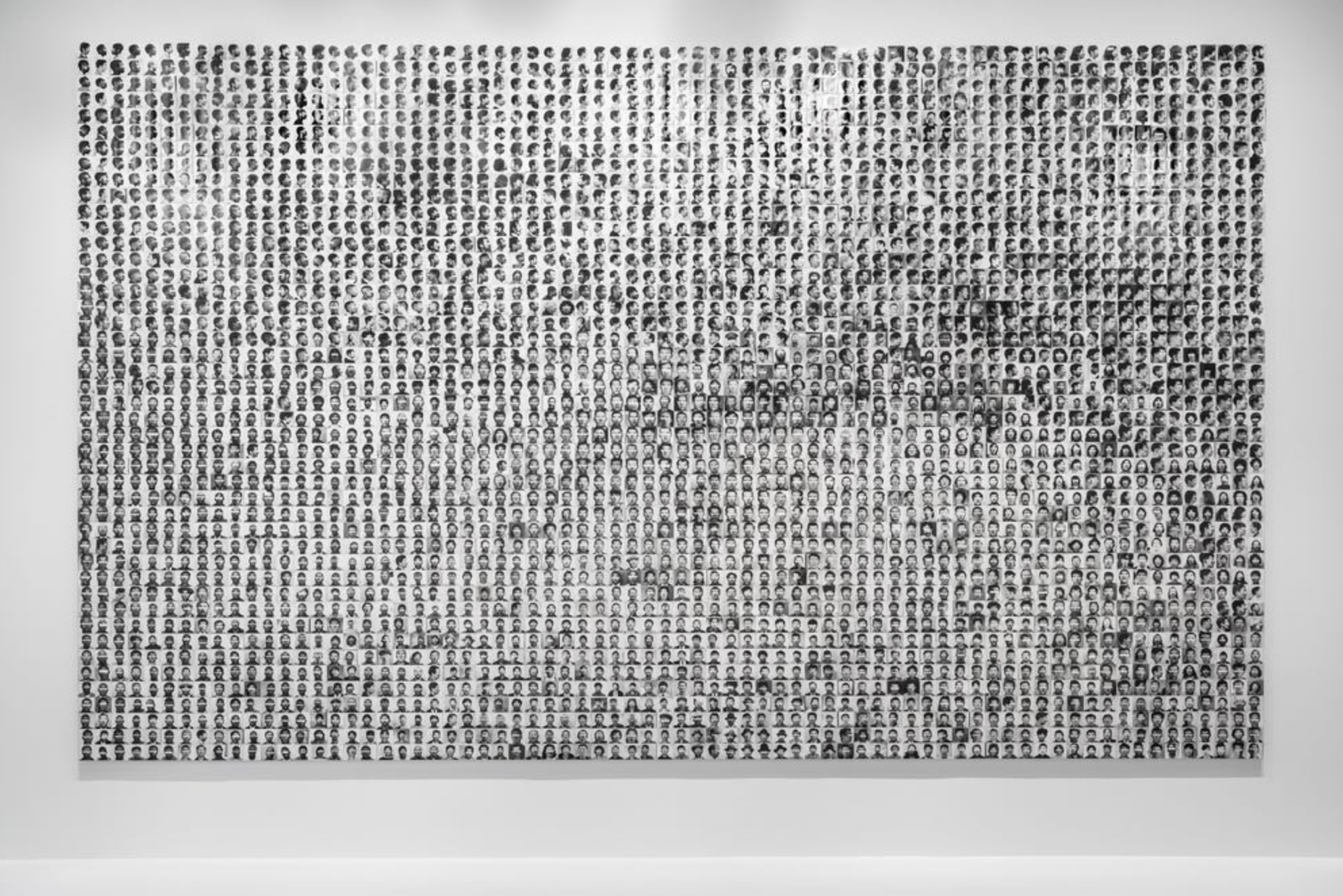
The 2020 exhibition Uncanny Valley: Being Human in the Age of AI at San Francisco’s de Young Museum captured this perfectly. Artists like Trevor Paglen, Stephanie Dinkins, and Zach Blas didn’t hide AI’s weirdness—they amplified it. Faces glitch. Narratives fracture. Voices fall apart mid-sentence. These works refuse the illusion of coherence and challenge the viewer to sit with the discomfort.
A New Kind of Maker
To work critically with AI is to expand what it means to be a maker. The AI-assisted artist isn’t just a tool user. They’re a systems thinker, a decoder, a provocateur. They interrogate training data. They question who gets to build these models. They ask: Whose aesthetics are encoded into the defaults? Whose stories are left out? And then they respond—with work that talks back.
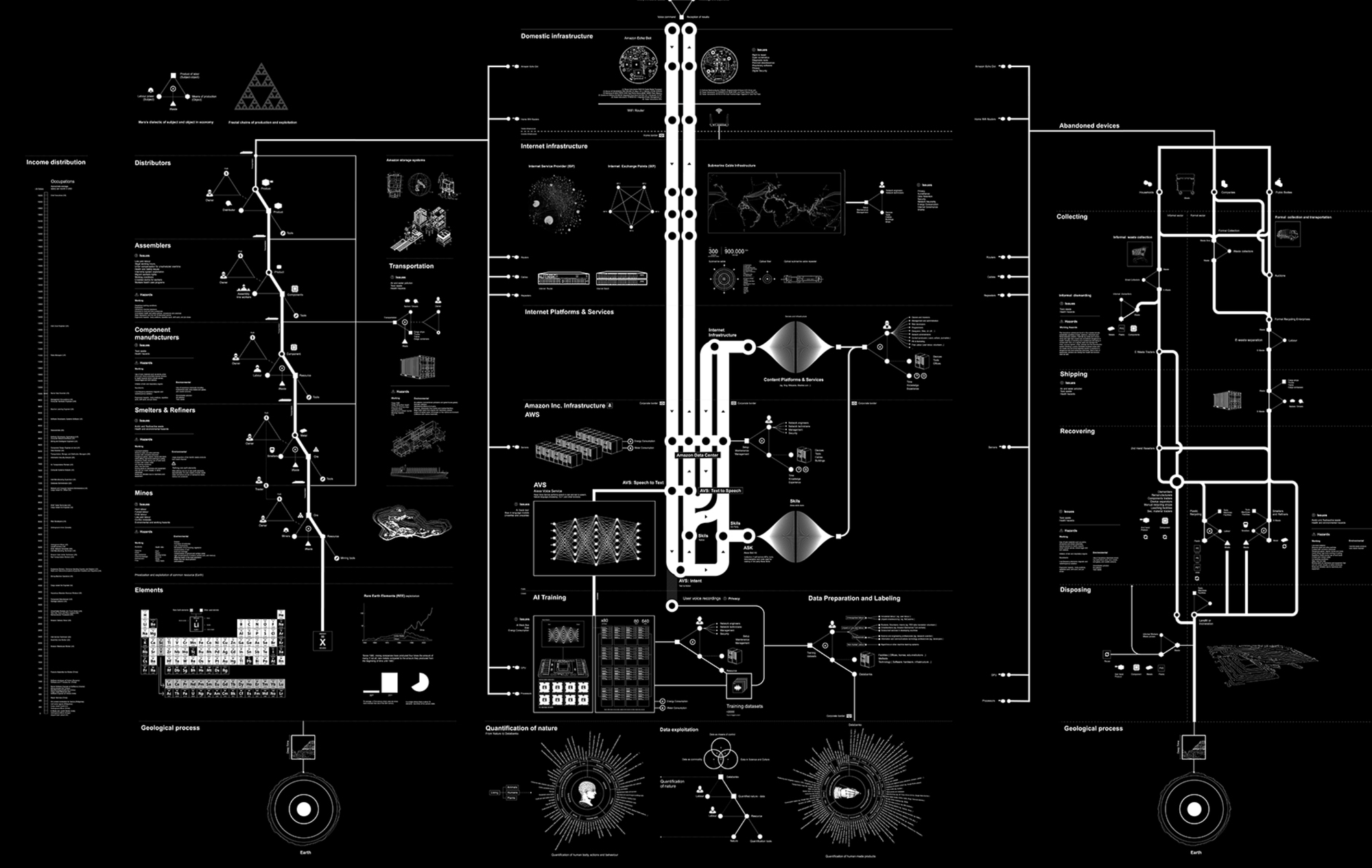
Anatomy of an AI System by Kate Crawford and Vladan Joler maps the hidden infrastructures behind AI tools—the labor, data, and energy embedded in a single Amazon Echo. It’s a visual essay, but also a form of critical making: an intervention that exposes the invisible scaffolding beneath AI’s sleek exterior.
This doesn’t mean abandoning code, craft, or fabrication. It means adding new layers. It means reverse-engineering a text model. Or designing an interface that refuses efficiency. Or using AI to reconstruct erased archives and lost voices. Critical making in the age of AI isn’t about resisting the machine. It’s about resisting being smoothed over by it.
The Future Is Synthetic—but Still Critical
We are entering a synthetic age. Outputs feel real, but they’re built from code. Trained on massive, unseen corpuses. Shaped by systems we rarely pause to examine. Critical making isn’t obsolete here. It’s essential. Because AI won’t ask the hard questions. It won’t slow down to reflect. It won’t interrogate the logic that made it. That’s still our job. And the future of critical practice may depend not on rejecting AI—but on wielding it critically, intentionally, and with just enough friction to leave a mark.

